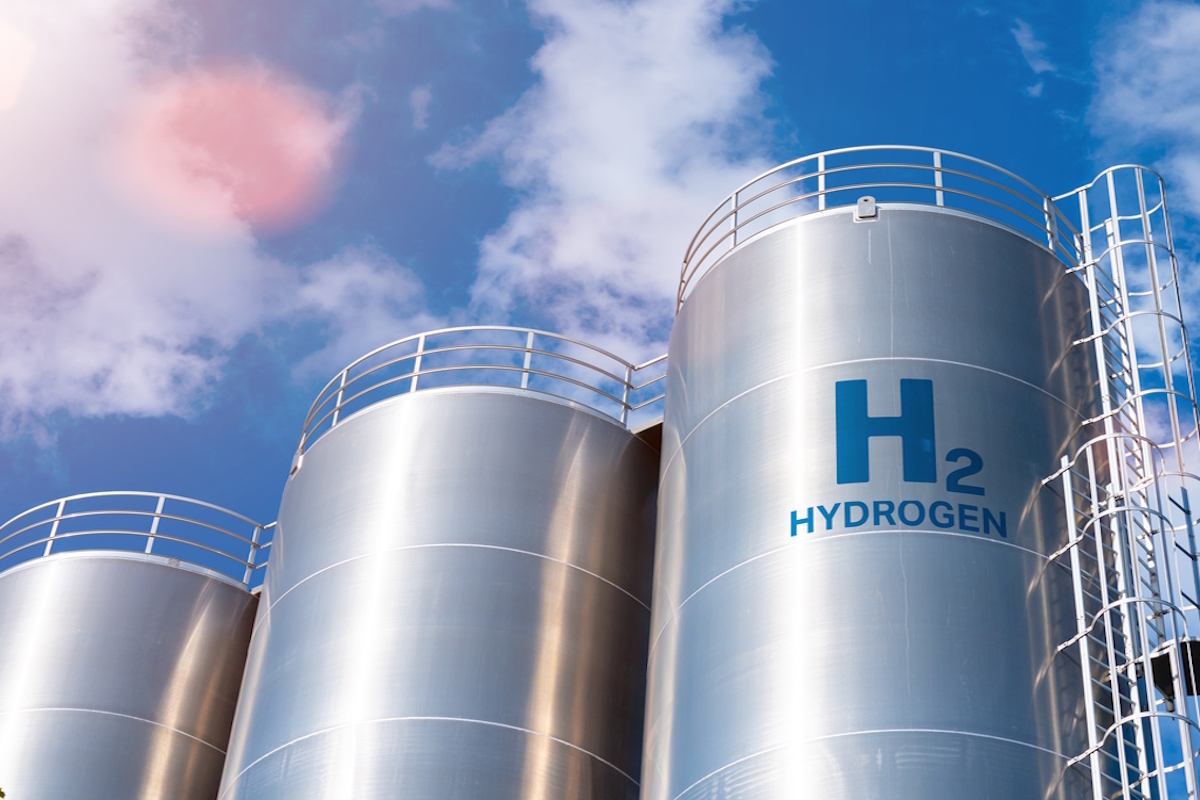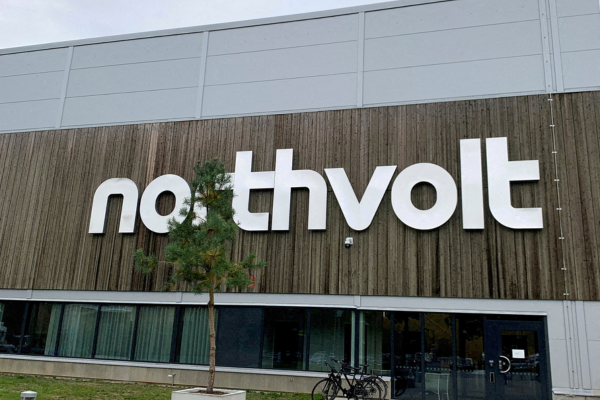Hydrogen’s place in the Net Zero puzzle

Dr Tom Mason at Bramble Energy discusses why hydrogen’s potential remains underestimated and why its role within the world’s Net Zero ambitions is so vital
“Transformational changes are more likely to succeed where there is trust, where everyone works together to prioritise risk reduction, and where benefits and burdens are shared equitably.”
Chair Hoesung Lee said these words during the Intergovernmental Panel on Climate Change (IPCC), following the release of the latest IPCC Synthesis Report on Climate Change last year. And I couldn’t agree more.
While he’s talking about the combined global effort needed to combat climate change, it’s the part about trust that really speaks to me as a CEO of a cleantech business specialising in hydrogen fuel cell technology.
For transformational climate solutions, such as the development of a hydrogen economy, to succeed, collective trust is imperative. And unfortunately, this is something hydrogen still lacks, despite its enormous potential in the transition to Net Zero.
It’s been almost nine decades since the infamous Hindenburg disaster - an event that certainly lost a lot of trust in hydrogen. However, still to this day, many hold onto the outdated misperception that hydrogen is not safe to work with, or that hydrogen fuel cells themselves are too costly, complex or inefficient. They view successful widespread use of hydrogen energy as something only perceivable in the distant future.
Hydrogen and the Net Zero puzzle
However, hydrogen - when handled and managed correctly - is not only a safe and viable clean energy alternative, but offers a huge contribution towards limiting global warming to 1.5°C.
In fact, it’s estimated that between 2021 and 2050, hydrogen will avoid 80 gigatons (GT) of cumulative CO2 emissions. With an annual abatement potential of 7 gigatons in 2050, that’s around 20% of the CO2 reduction needed to meet global targets.
There are various reasons why the most abundant element in the universe has the potential to make such a substantial dent in our efforts, with some of the main ones including these four important facts about hydrogen.
It facilitates integration of renewable energy
By integrating renewable energy sources, hydrogen acts as a storage medium. This enables the use of intermittent renewable energy like wind and solar, while providing resilience and the transportation of energy long-distance.
It unlocks remote renewable energy
Hydrogen allows for the utilisation of ‘stranded’ renewable energy sources in remote areas, where renewable energy would otherwise be untapped, which allows more renewable capacity to be developed and deployed.
It can reshape energy markets
Hydrogen can be produced through electrolysis using renewable energy sources, resulting in no carbon emissions during production. This electricity can be used as is, but it can also be converted into fuels, chemicals, and power, creating interconnections between power, gas, chemicals, and fuel markets. This ability creates a more flexible and sustainable energy economy.
It can decarbonise hard-to-electrify sectors
Hydrogen technologies and its associated technologies of today present a scalable way to decarbonise sectors that are otherwise hard to electrify as other renewable technologies fall short. This includes heavy industry, like steel; transportation, including heavy-duty trucks, coaches, trains, maritime vessels and aviation; and power generation.
Taking advantage of hydrogen
Despite hydrogen’s incredible potential - and the fact the world is intensifying efforts to curb climate change - this potential is being held back, with other renewables taking the limelight.
While renewables like wind and solar are crucial for the production of green hydrogen, what hydrogen itself needs is action to:
Stimulate demand: Much like any business, end-use demand is the key to pulling in investment. As such, we must encourage industries across the board to adopt hydrogen as part of their energy transition plans. I’d like to see Government policies and private sector investment focus on creating strong market incentives, while demonstrating the long-term environmental and economic benefits of hydrogen over fossil fuels.
If we can provide all relevant industries, from mobility to energy storage, the encouragement for hydrogen technologies to reach mass adoption as quickly as possible, we can begin decarbonising immediately.
Continue to bring down costs: High costs have hindered the hydrogen fuel cell industry for years, and while increasing demand will certainly help close the economic gap of hydrogen fuel cells versus conventional alternatives, supporting technological advancements is also vital here. Take printed circuit board fuel cell (PCBFC™) technology, for example.
By leveraging the well-established printed circuit board (PCB) industry, it allows for scalable, cost-effective production, significantly reducing the manufacturing complexity and costs of conventional methods. The result is fuel cells at a much more achievable cost and speed compared to traditional methods. And when low-cost clean hydrogen is available, mass market adoption will follow.
Enable access through infrastructure: Robust infrastructure development is crucial to scaling hydrogen technology in the coming decades. A key part of this is not only building new infrastructure, but also making the most of what already exists. By utilising existing PCB manufacturing infrastructure, we can produce fuel cells more affordably and quickly, accelerating hydrogen’s accessibility, for example.
That being said, large-scale investments are still needed to build hydrogen distribution networks, from pipelines to local refuelling stations. Again, it’s so important that the Government supports these infrastructure projects if we are to ensure efficient storage, transport, and use of this clean energy source.
A pivotal moment
As many Net Zero campaigners have said and will continue to say, we are at a pivotal moment right now. Hydrogen is already transforming industries and paving the way for larger-scale adoption, and has the potential to become one of the most important clean fuels and feedstocks in the world’s energy transition. But more must be done to reach this potential and avoid the worst impacts of global warming.
Thankfully, the innovations coming from the CleanTech sector stand as a beacon of hope here. But we need governments and businesses to join the commitment to hydrogen and trust in its ability to overcome initial economic hurdles, achieve scale and successfully fit into the Net Zero puzzle.
Dr Tom Mason is CEO and Co-Founder of Bramble Energy
Main image courtesy of iStockPhoto.com and audioundwerbung

Business Reporter Team
Most Viewed
Winston House, 3rd Floor, Units 306-309, 2-4 Dollis Park, London, N3 1HF
23-29 Hendon Lane, London, N3 1RT
020 8349 4363
© 2025, Lyonsdown Limited. Business Reporter® is a registered trademark of Lyonsdown Ltd. VAT registration number: 830519543





